In an attempt to see a major profit by the end of the next quarter and to gain the trust of more investors, Netflix is threatening to close its non-ad-supported accounts.
This announcement comes after Netflix announced that it would be removing the Basic non-ad-supported tier, which is the cheapest ad-free option.
Netflix Eliminates Basic Ad-Free Plan

On Tuesday, the streaming service sent out a letter to shareholders announcing that it would continue to grow by cracking down on password sharing and phasing out its $11.99 ad-free option.
This news comes after Netflix told investors that it would no longer be sharing data about subscriber growth on the streaming service.
The Plan Will Effect Subscribers

This sentence could be clarified: “However, the plan will gradually phase out, starting with the U.K. and Canada being the first to no longer have access to it on the platform this spring.
Subscribers Get Downgraded

On the same date, Netflix will automatically switch any subscriber to this tier over to Netflix’s Standard with Ads.
Subscribers Will Save Money on Ad-Based Tier

While subscribers will save money by switching to this plan, subscribing to the newer ad-free plans represents a significant price increase for these users.
The Ad-Free Tier Is More Expensive Now
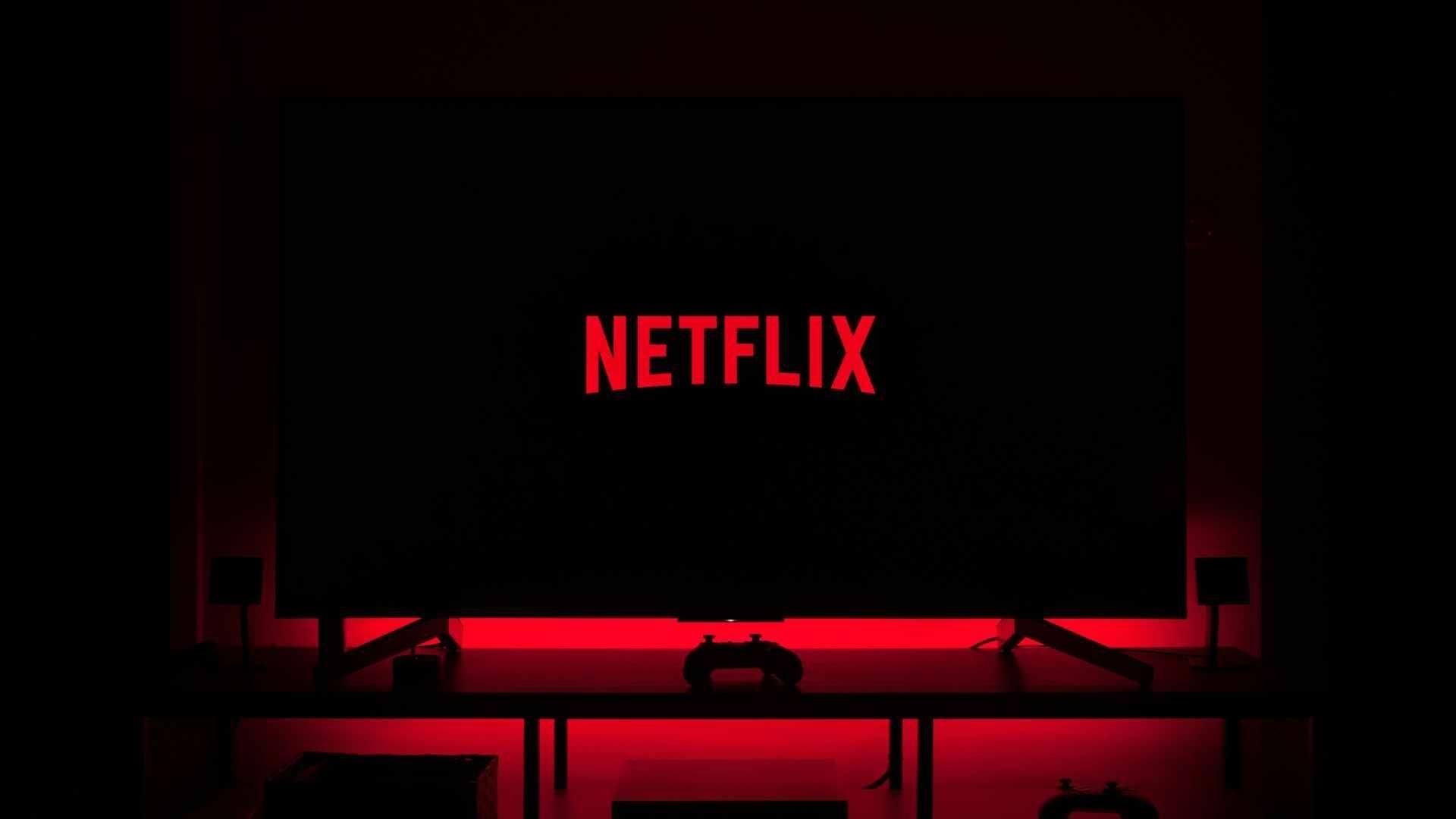
The current Basic ad-free plan is $11.99 per month, but users will have to pay $15.49 per month if they want to binge-watch the newest season of “Bridgerton” without ads.
Netflix co-CEO Greg Peters said that the ad-supported offering now has 23 million monthly active users. He also predicted that the service would likely experience a surge in subscriptions after removing the Basic ad-free plan.
Netflix’s Basic Ad-Base Tier Comes With Drawbacks

The backlash may come from the fact that many of Netfilix’s top shows and films are not available on the ad-plan.
Variety reported that Netflix added Eli Roth’s horror film “Thanksgiving” on Feb. 16 for subscribers on ad-free tiers but did not make it available on the ad plan.
Some Titles Are Unavailable
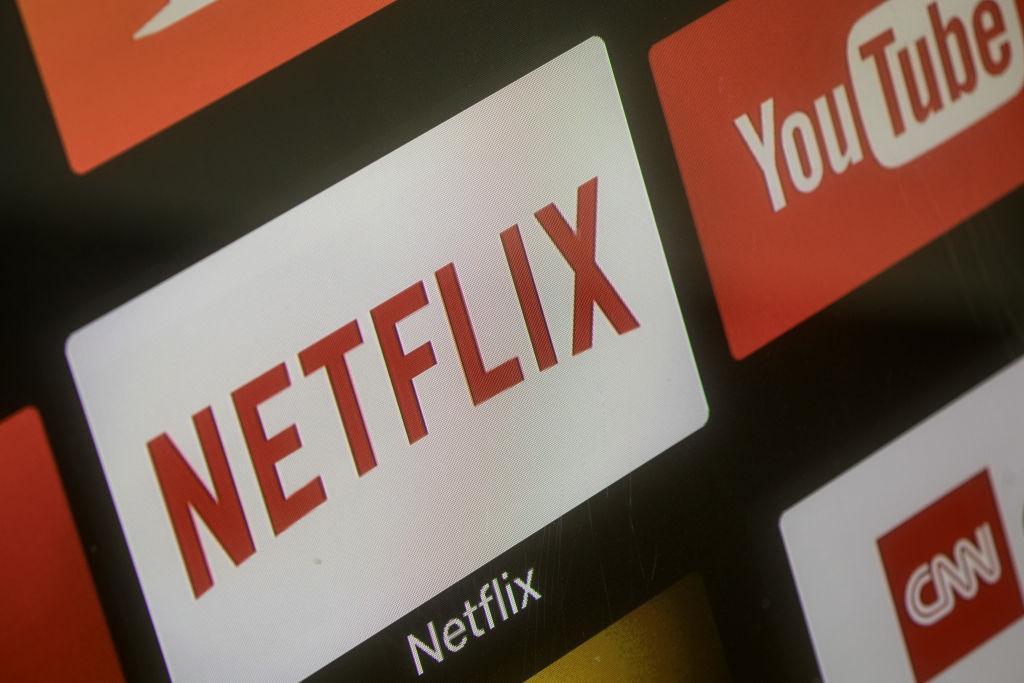
“While the vast majority of TV shows and movies are available on an ad-supported plan, a small number are not due to licensing restrictions,” the streamer says in an article on its help site.
The streaming giant continues: “These titles will appear with a lock icon when you search or browse Netflix.”
The Plan Includes All Netflix Originals
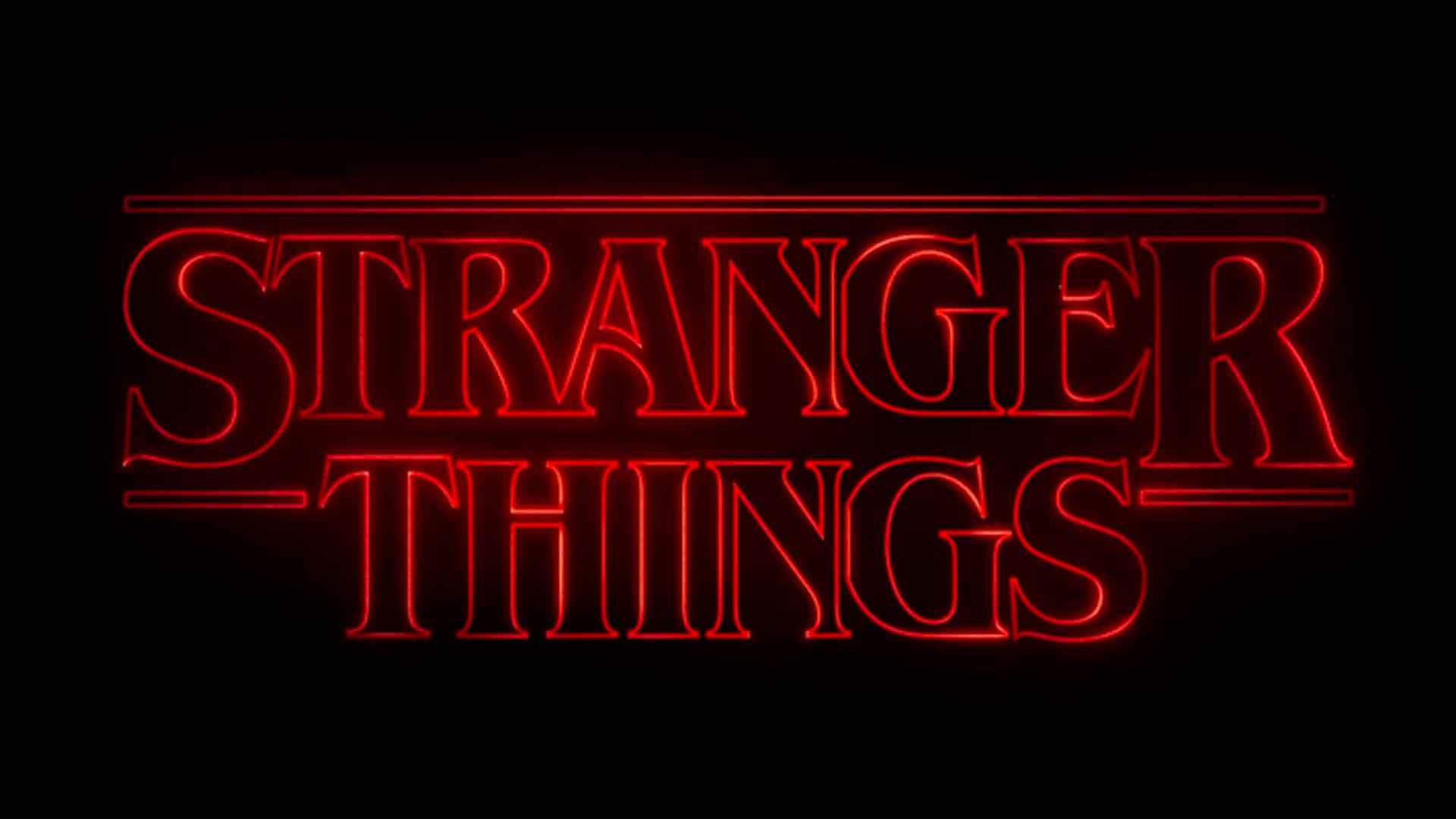
Ahead of Netflix’s ad tier launch in November 2022, the company explained that 10 percent of its vast catalog would be unavailable on the ad-based plan. Many of the unavailable films are those subject to licensing restrictions.
The content lineup for the ad plan includes all of Netflix’s original content, such as “Stranger Things” and “Red Notice.”
Netflix Finds New Ways to Grow
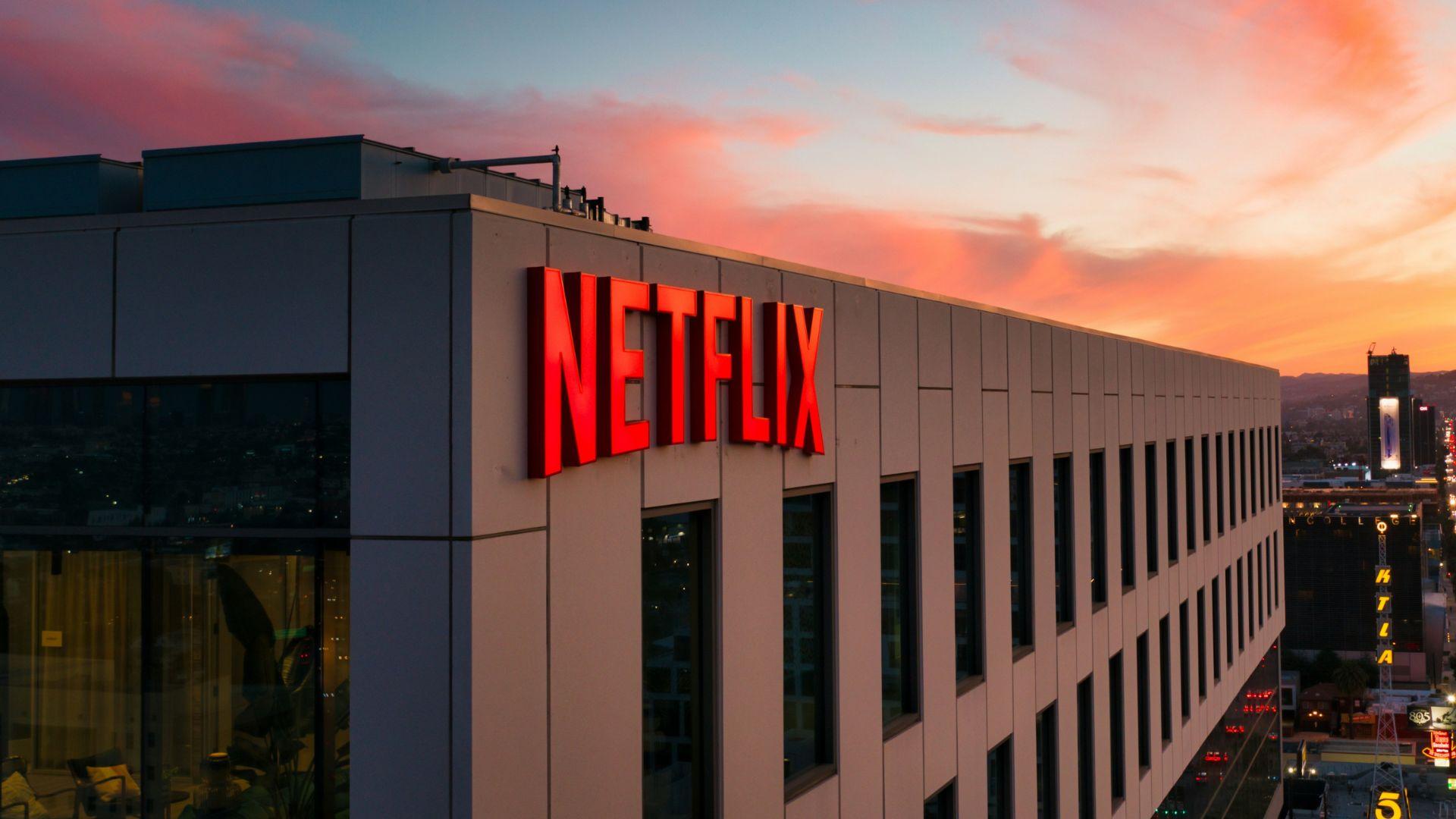
While Netflix has added a lot of new features over the years, including 4K streams and its push into gaming, the upgrades are unlikely to remain as cheap as they are now.
“As we invest in and improve Netflix, we’ll occasionally ask our members to pay a little extra to reflect those improvements,” the streamer’s executives write.
Netflix Is Expanding to Sports

Currently, Netflix is attempting to toss its hat into the live sports market. While YouTube Red, Fubo, Peacock, Amazon Prime Video, and Paramount all have their hands on some aspect of sports entertainment, Neftlix just cut a deal with WWE.
Peacock currently has a vast library of WWE content on its service, but does not air “Monday Night Raw.”
Ad-Based Plans Still Have Limitations

In November, Netflix had its first live sports broadcast–a golf competition between PGA pros and F1 racers. The success of the stream encouraged the company to host more live events on its platform.
However, these live events will only be available to a select group of subscribers. The ad-based plan might be in your budget, but it doesn’t come with the perks the more expensive plans promise.
Impact on User Experience and Viewing Habits

The removal of Netflix’s Basic ad-free plan is likely to alter user experience significantly. Subscribers accustomed to uninterrupted viewing might face ad fatigue, diminishing their overall satisfaction.
This change could lead to shorter viewing sessions as users might opt for fewer, more selective watching experiences. Ultimately, the shift may impact Netflix’s engagement metrics and viewer retention rates.
Comparison with Competitors

Netflix’s new pricing structure contrasts sharply with its competitors. Disney+ and Hulu offer competitive ad-free plans at lower price points, providing more attractive options for ad-averse users.
Amazon Prime Video, which bundles streaming with additional services, presents a compelling alternative. This price hike may drive Netflix users to explore these competitors, impacting Netflix’s market share in the crowded streaming landscape.
Economic Factors and Subscriber Demographics

The decision to eliminate the Basic ad-free plan is economically driven, aiming to boost revenue amid rising operational costs. This move disproportionately affects students, families, and lower-income households, who may find the increased costs burdensome.
These demographics might reconsider their subscriptions, potentially leading to a decline in Netflix’s subscriber base and a shift in its audience composition.
Long-Term Business Strategy

Netflix’s strategy appears focused on maximizing profitability and investor confidence. By pushing subscribers towards higher-priced plans or ad-supported options, Netflix aims to increase average revenue per user.
This aligns with their broader goals of expanding content investment and maintaining a competitive edge. However, balancing profitability with user satisfaction will be crucial for long-term success.
Subscriber Backlash and Social Media Reactions

The backlash on social media has been swift, with numerous subscribers voicing their displeasure. Hashtags like #CancelNetflix are trending, and petitions are circulating online.
Many users express frustration over the forced downgrade and the introduction of ads. Netflix will need to address this negative sentiment proactively to mitigate potential subscriber losses and restore trust.
Ad Revenue and Content Licensing

Ad revenue is a significant motivator behind Netflix’s shift. By increasing the user base for ad-supported plans, Netflix can attract more advertisers.
However, content licensing restrictions pose challenges, as some shows remain unavailable on ad-supported tiers. Negotiating broader rights will be essential to offer a more comprehensive content library, enhancing the appeal of these plans.
Technological Innovations and Future Plans

Netflix is likely exploring technological innovations to improve the ad-supported viewing experience. Advancements in AI and machine learning can enhance targeted advertising, making ads more relevant and less intrusive.
Future plans may include interactive ads and personalized ad breaks, similar to YouTube, aimed at maintaining user engagement while maximizing ad revenue.
Global Perspective and Regional Differences

Netflix’s strategy varies across regions, reflecting cultural and economic differences. In markets like India, where cost sensitivity is high, ad-supported plans might gain more traction.
Conversely, in regions with higher disposable incomes, users might prefer upgrading to ad-free plans.
Impact on Original Content Production

The shift towards ad-supported plans might influence Netflix’s original content production. To retain subscribers, Netflix may focus on producing high-quality, engaging content that justifies higher subscription costs.
There could also be an increase in shorter, ad-friendly formats. Maintaining a balance between quantity and quality will be vital to sustaining viewer interest.
Future of Streaming Services
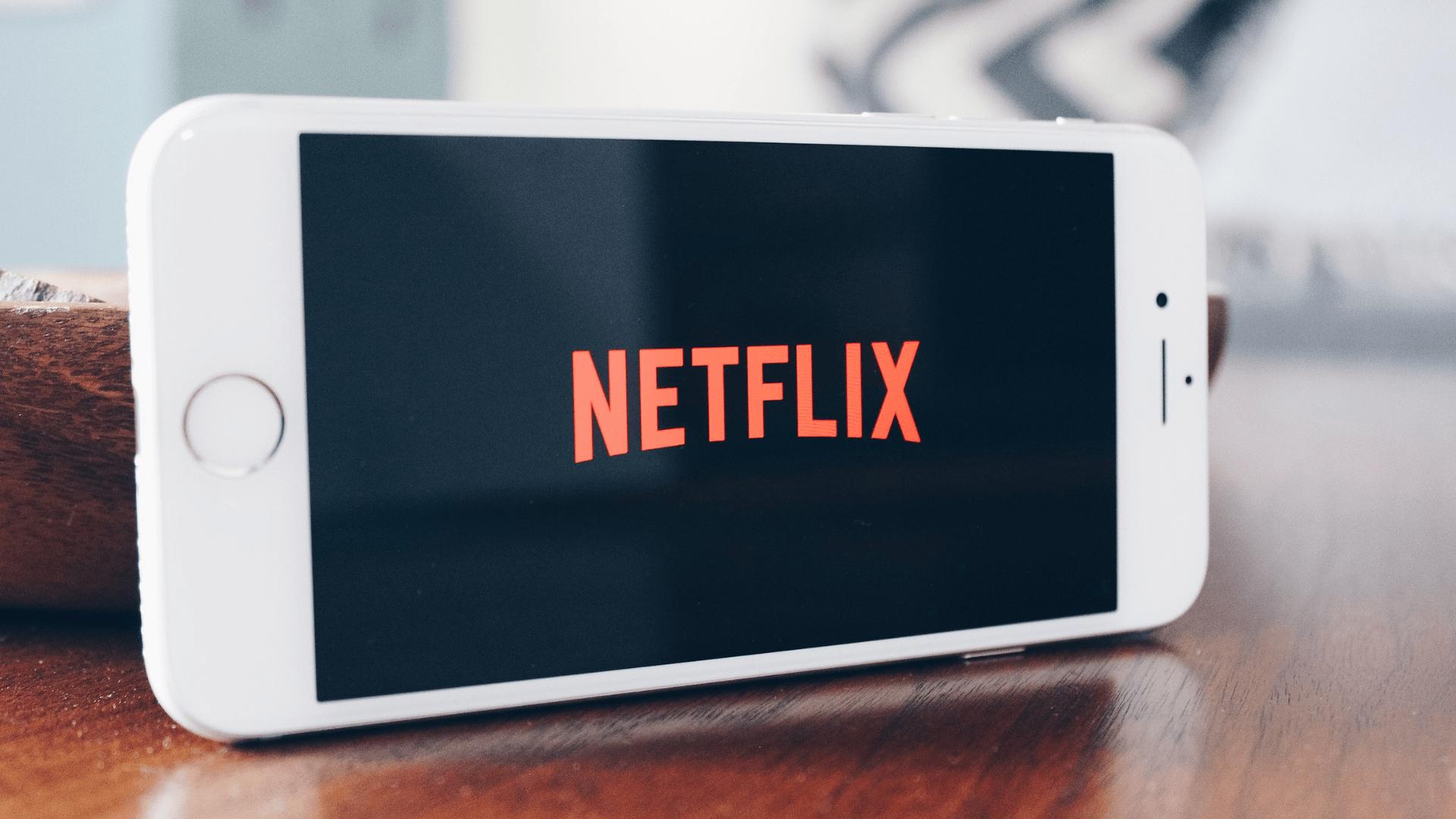
Netflix’s move could signal a broader industry trend towards ad-supported models. As operational costs rise and market saturation increases, more streaming services might adopt similar strategies.
This shift could reshape the digital entertainment landscape, with ads becoming a standard feature.
Pricing Strategies and Consumer Behavior

Understanding consumer behavior is key to Netflix’s pricing strategy. By analyzing subscriber data, Netflix can tailor its offerings to maximize revenue.
For instance, tiered pricing models that cater to different viewing habits and budgets might emerge. Netflix’s ability to adapt and innovate in response to consumer preferences will determine its competitive advantage.
Subscriber Retention and Loyalty Programs

To mitigate potential subscriber churn, Netflix might introduce loyalty programs and exclusive perks. Offering discounts, early access to content, and personalized recommendations could enhance subscriber retention.
Building a sense of community and belonging among users will be essential to fostering long-term loyalty and maintaining a stable subscriber base amidst these changes.

